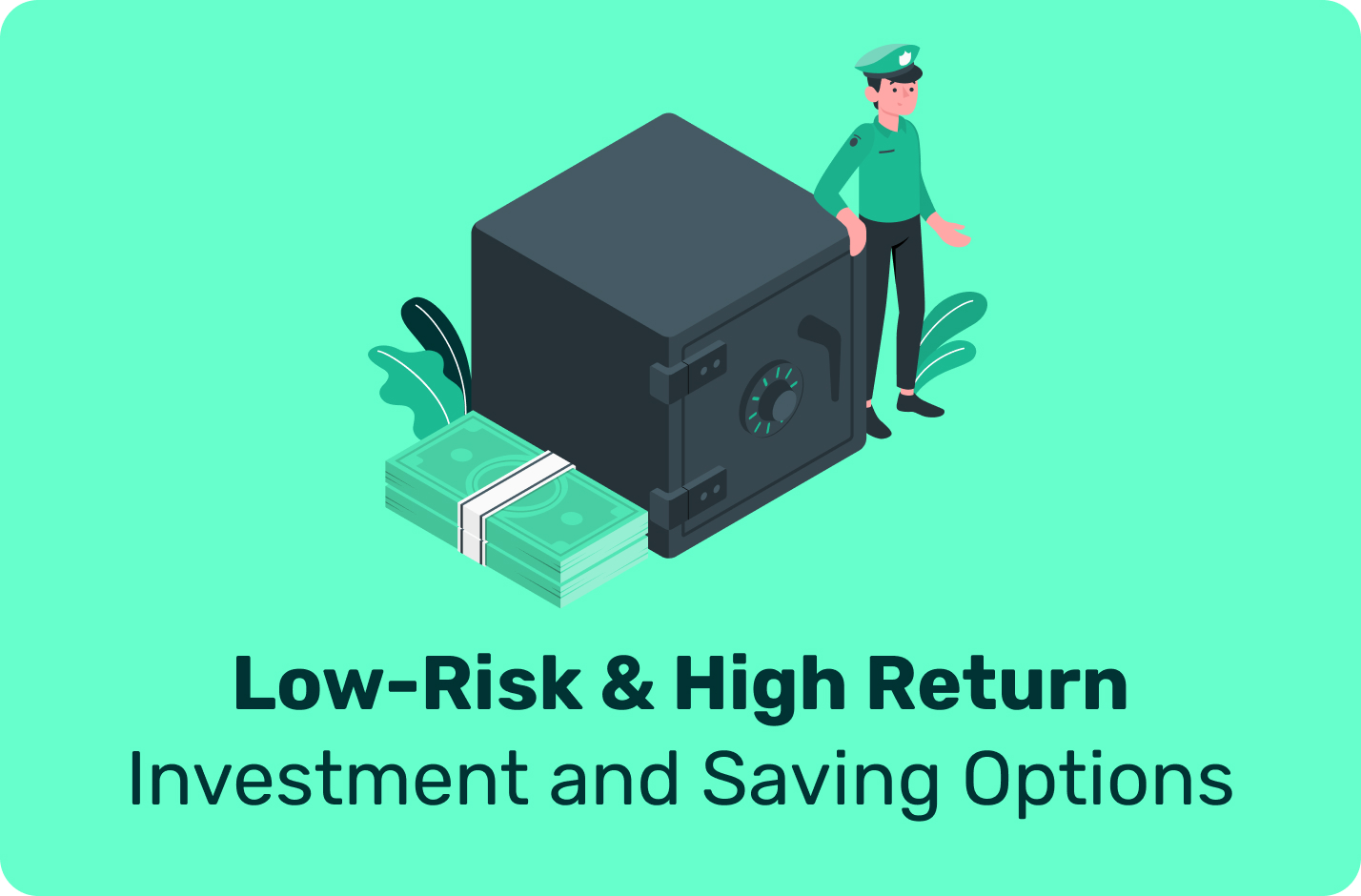Many options are available to individuals looking to grow their wealth when investing. Among the most popular investment vehicles are CDs, high-yield savings accounts, bonds, and US treasuries. Knowing the differences between each option can help you make an informed decision about where to save and invest your money.
Certificates of Deposit (CDs)
Certificates of Deposit (CDs) are a type of investment where you deposit your money with a bank or credit union for a set period of time. In exchange for your deposit, the bank pays you a fixed rate of interest over the term of the CD. The interest rate on CDs is generally higher than what you would earn on a regular savings account, but the trade-off is that you can’t access your money until the CD reaches maturity.
CDs are considered to be a low-risk investment, as your money is FDIC-insured up to $250,000 per account, per institution. This means that even if the bank fails, you will not lose your investment. The downside to CDs is that they typically offer lower returns than other types of investments, such as stocks or mutual funds. Additionally, if you need to withdraw your money before the CD reaches maturity, you may be subject to penalties and fees.
High-Yield Savings Accounts
High-yield savings accounts are similar to traditional savings accounts, but they offer a higher interest rate. These accounts are typically offered by online banks or credit unions and are FDIC-insured up to $250,000 per account, per institution. High-yield savings accounts are considered to be low-risk investments, as your principal is protected, and you can withdraw your money at any time without penalty.
The downside to high-yield savings accounts is that some high-yield savings accounts require a minimum balance to earn the highest interest rate, which may be out of reach for some investors.
Bonds
Bonds are a type of investment where you lend money to a corporation, government entity, or other organization in exchange for regular interest payments and the return of your principal when the bond reaches maturity. Bonds are considered to be a low-to-moderate risk investment, as the risk of default varies depending on the creditworthiness of the borrower.
Bonds can offer higher returns than CDs or high-yield savings accounts, but they also come with more risk. If the borrower defaults on the bond, you could lose some or all of your investment. Additionally, the value of bonds can fluctuate based on changes in interest rates and other market conditions.
US Treasuries
US Treasuries are a type of bond issued by the United States government. These bonds are considered to be one of the safest investments available, as the US government has never defaulted on its debt. US Treasuries are available in a variety of maturities, from as short as one month to as long as 30 years.
US Treasuries offer a relatively low rate of return compared to other types of investments, but they are considered to be very low-risk. Additionally, the interest earned on US Treasuries is exempt from state and local taxes, making them a popular choice for investors looking to minimize their tax liability.
Choosing the Right Investment Option
When it comes to choosing the right investment option, there is no one-size-fits-all solution. Your investment goals, risk tolerance, and time horizon will all play a role in determining which type of investment is best for you. If you are looking for a low-risk investment with a guaranteed rate of return, CDs or high-yield savings accounts may be a good choice. In the last decade, there has yet to be a better time to put your money into CDs and High-Yield savings accounts. If you have money in your savings or are ready to invest, make sure you are getting the biggest return on your hard-earned dollars.

